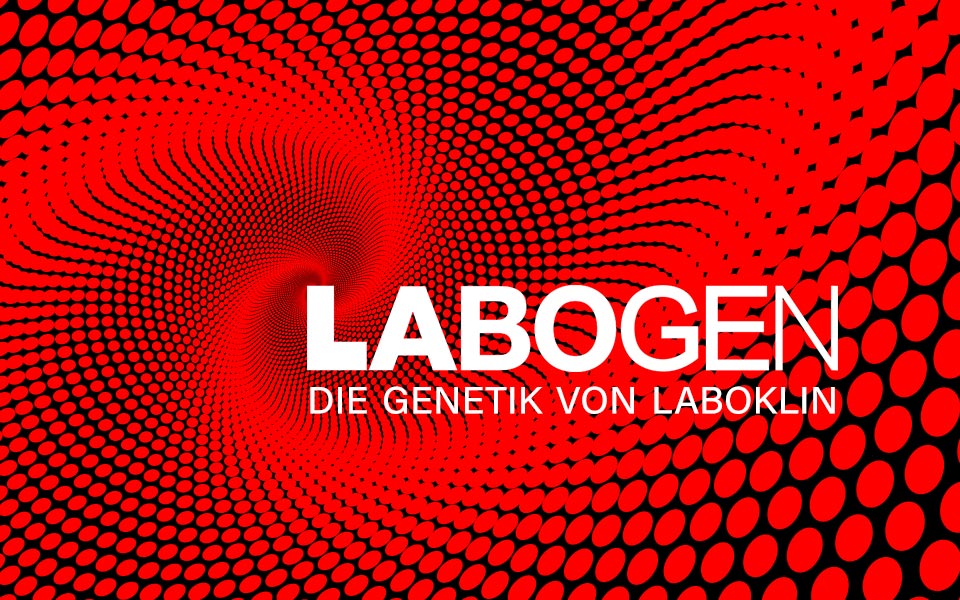Collie eye anomaly (CEA)
Collie eye anomaly (CEA)
General description
CEA is an ocular disroder in which the pattern of chorioretinal and scleral development is variously disturbed. The degree of these abnormalities varies between individual dogs ranging from mild diseases to complete blindness, however this disease is not progressive.
Breeds
Australian Kelpie, Australian Shepherd, Bearded Collie, Border Collie, Boykin Spaniel, Collie (rough/smooth), Hokkaido, Lancashire Heeler, Miniature American Shepherd, Nova Scotia Duck Tolling Retriever, Shetland Sheepdog (Sheltie) , Silken Windhound, Silken Windsprite (Long-Haired Whippet)
Order details
| Test number | 8304 |
| Abbreviation | CEA |
| Sample material | 0.5 ml EDTA blood, 2x cheek swab, 1x special swab (eNAT) |
| Test duration | 3-5 working days |
Test specifications
| Symptom complex | ophthalmic |
| Inheritance | autosomal recessive |
| Age of onset | from birth |
| Causality | causally |
| Gene | NHEJ1 |
| Mutation | COMPLEX |
| Literature | OMIA:000218-9615 |
Detailed description
CEA is a hereditary canine ocular disorder in which the pattern of chorioretinal and scleral development is variously disturbed.
The major change, which is present in dogs with CEA, is hypoplasia (underdevelopment) of the choroid, an important layer of the eye underlaying the retina. A Coloboma, or hole, may form in or near the optic disc as part of the CEA extended phenotype. The degree of these abnormalities varies between individual dogs ranging from mild disease to complete blindness. The abnormality can be diagnosed at a very young age and is not progressive. However no treatment or cure for CEA exist. The essential features, choroidal hypoplasia and coloboma occur during eye development and become stationary in adult animals.
The mutation which has been suggested to cause CEA has been published by the group of Elaine A. Ostrander at the University of Pennsylvania, USA. A 7.8 kb deletion in the NHEJ1 gene co-segregates with CEA across multiple dog breeds. This region spans a highly conserved binding domain for regulatory proteins which are required for several developmental processes.




